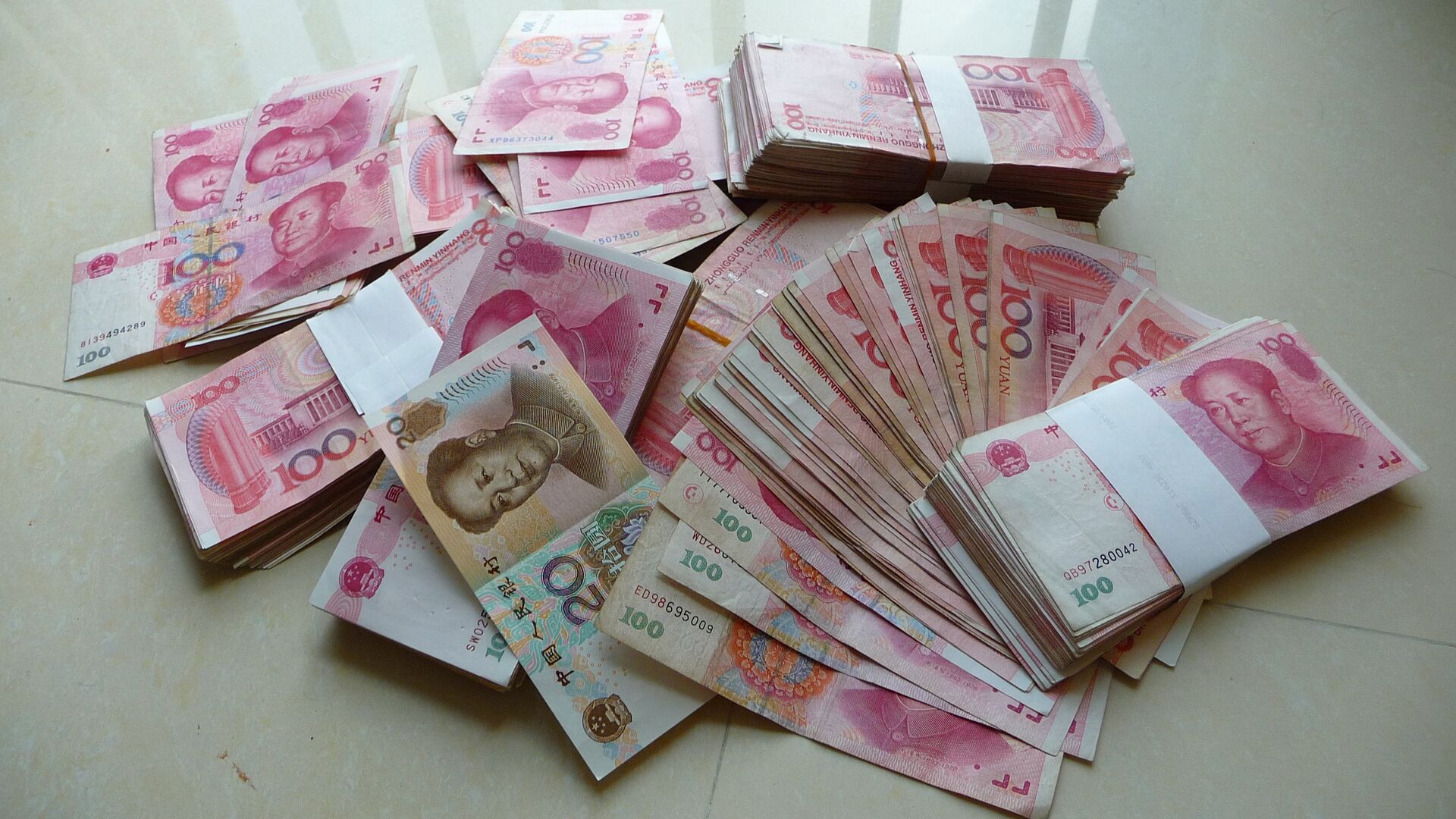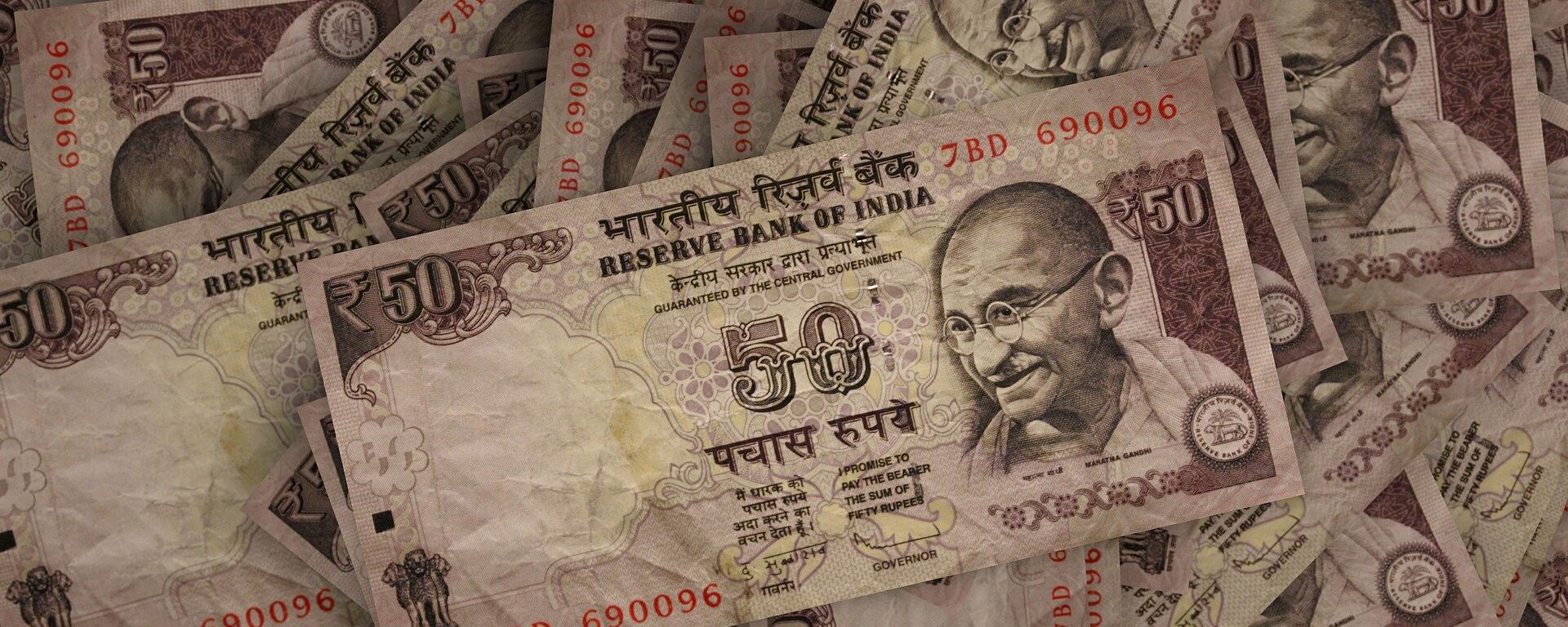Chinese Rmb Displaces US Dollar as Most-Traded Foreign Currency on Moscow’s Stock Exchange
20:24 GMT 06.10.2022 (Updated: 10:46 GMT 05.03.2023)

© Flickr / Chris
Subscribe
More than seven months after the West moved to isolate Russia from the global economy with destructive economic sanctions, the de-dollarization of the Russian economy has been so thorough that China’s renminbi (rmb) is now the largest foreign currency on the Moscow Exchange, Russia’s largest stock exchange.
Data from the Moscow Exchange Group showed that 64,900 rmb-ruble transactions were made at the Moscow Exchange (MOEX) on Monday, totalling $1.17 billion. By comparison, US dollar-ruble exchanges totalled $1.12 billion that same day. The trend has continued throughout the week, seeming to seal the dollar’s fate in Moscow that was predicted by Sberbank last month.
A one-day outpacing first happened on August 18, but this week’s development points to a more permanent trend.
Russia has been largely cut off from exchanges with Western financial institutions since March, when the US and its NATO allies introduced sanctions in response to Russia’s special operation in Ukraine. Global payment systems such as Mastercard and Visa have pulled out, and the Brussels-based SWIFT bank wire service has expelled most of the largest Russian banks from its network. In addition, many American companies have ended their operations in Russia, such as Starbucks, Nike, and Slack.
Moscow’s growing partnership with China, which extends from the economic to military and political realms, has provided Russia with an important support mechanism.
The two countries opened their own SWIFT alternatives, Russia’s System for Transfer of Financial Messages (SPFS) and China’s Cross-Border Interbank Payment System (CIPS), in 2014 and 2015, respectively. CIPS especially was aimed at increasing the rmb’s global presence and is expected to play an even larger role as Pacific-based economic blocs become more prominent in the coming years.
Other initiatives with the same goal have been Gazprom’s deal last month with China National Petroleum Corporation (CNPC) to make half their gas payments in rubles and half in rmb, and China’s offer of a discount to Indian companies if they settle their Russian transactions in rmb instead of dollars. Both proposals made news in the last month.
China has also become a major buyer of Russian energy exports, which were also sanctioned by the West. New contracts for Russian oil and natural gas have been penned since February, and China has bought up so much cheap Russian gas that it’s now selling much of it on the international market at a higher price in an effort to recoup some of the economic losses caused by COVID-19-related lockdowns this year.
Overall, Russia has become the third-largest market for rmb payments globally, according to data from SWIFT on transactions it still allows with Russian entities.
In June, Iran proposed that the Shanghai Cooperation Organization (SCO), a Eurasian bloc that includes Russia, China, India, and a half-dozen other countries, utilize a single currency for intra-bloc trade. Tehran did not suggest which currency would be used.


